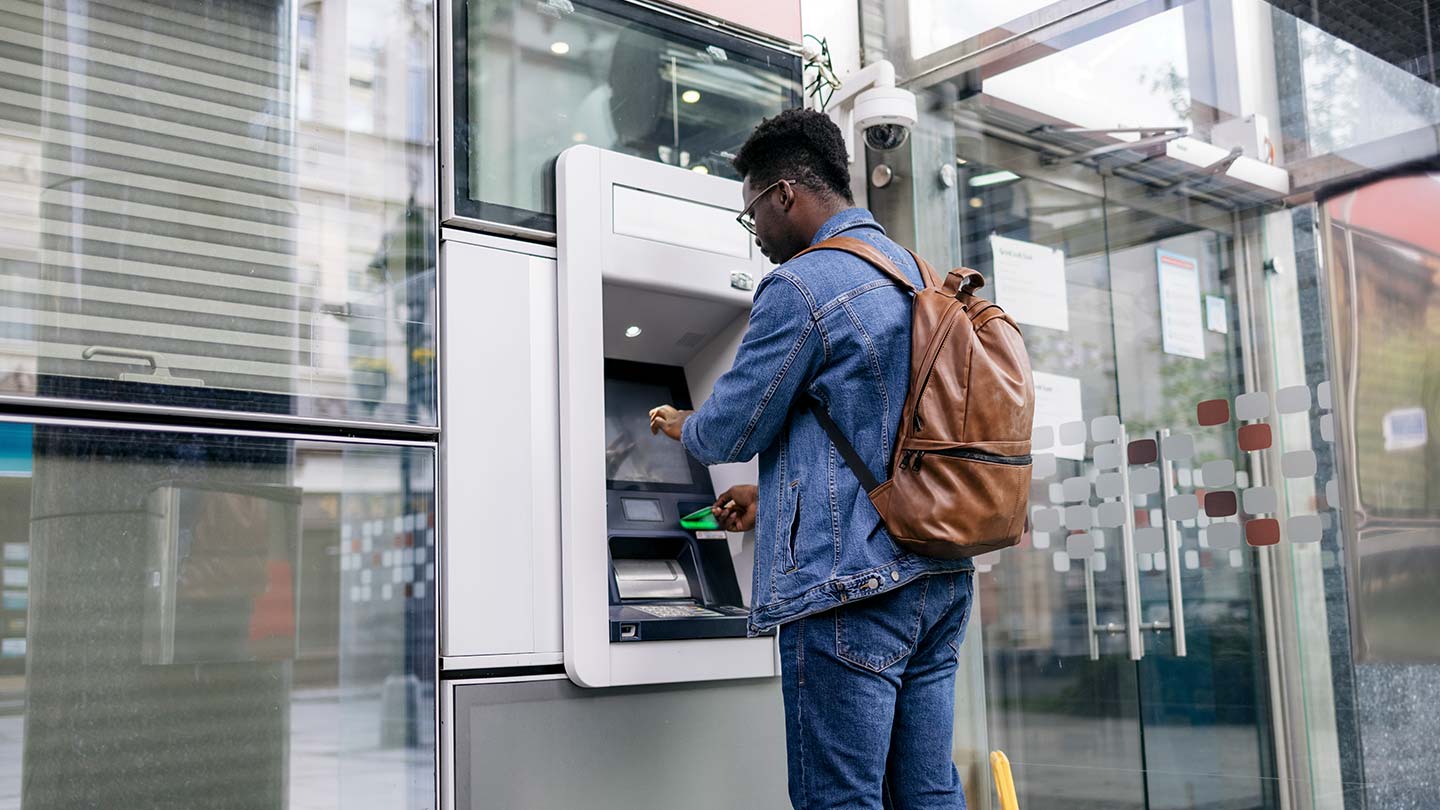Today, the JPMorganChase Institute released its Local Consumer Commerce Index (LCCI) for February 2017, which showed positive consumer spending growth in 12 of the 15 US cities analyzed. Overall year-over-year consumer spending increased by 1.2 percent in February. For the first time since January 2015, consumers in the highest income quintile made a positive contribution to overall growth.
Notably, spending growth from consumers between 55 and 64 was flat, which marked the end of a three-year streak of declines for this group that began in February 2015. February also marked the first month since October 2015 that saw positive spending growth across small, mid-sized, and large businesses.
Data visualization of the changes in local consumer spending growth over the last 24 months can be found online.
This report provides a timely view of how the following cities and surrounding metro areas are faring economically, both individually and in aggregate: Atlanta, Chicago, Columbus, Dallas-Ft. Worth, Denver, Detroit, Houston, Miami, Los Angeles, New York, Phoenix, Portland (OR), San Diego, San Francisco, and Seattle. By looking at actual, de-identified financial transactions, LCCI offers an ongoing, dynamic view of the financial health of the U.S. consumer and the vibrancy of the places where businesses operate.
“February 2017 saw positive economic changes at the local level,” said Diana Farrell, President and CEO of the JPMorganChase Institute. “Between increased spending by high income consumers and an uptick in spending at businesses of all sizes, local commerce was moving in the right direction.”
Additional key highlights from the latest Index include:
- Every income group registered a positive contribution to growth in February 2017, which is the first time this has occurred since January 2015.
- Following a rare decline in January 2017, restaurant spending picked back up to contribute 0.6 percentage points to growth in February 2017.
- Fuel spending continued its trend of positive growth that started in November 2016, contributing 1.1 percentage points to growth in February 2017.
- Durables continued to be a drag on growth, subtracting 0.4 percentage points from growth in February 2017.
- On average, local spending in large cities increased by 0.9 percent between February 2016 and February 2017. This is a significant uptick from the decline of 1.9 percent experienced in January 2017.
The LCCI offers unique advantages over existing measures of consumer spending.
- The LCCI captures actual transactions, instead of self-reported measures of how consumers think they spend.
- The LCCI provides timely data on spending in 15 major metropolitan areas; such geographic granularity is unavailable in most other spending measures. These 15 cities mirror the geographic and economic diversity of larger metropolitan areas in the United States and account for 32 percent of retail sales nationwide.
- The LCCI also presents a more granular view of local consumer commerce through five important lenses: consumer age, consumer income, business size, product type, and consumer residence relative to the location of the business. For each lens, we show how different segments contributed to year-over-year spending growth.
- The LCCI captures economic activity in sectors that previously have not been well understood by other sources. These include sectors such as food trucks, new merchants, and personal services.
Each release of the LCCI describes the economic picture of local communities and provides a powerful tool for city development officials, businesses, investors, and statistical agencies to better understand the everyday economic health of consumers, businesses, and the places they care about.



